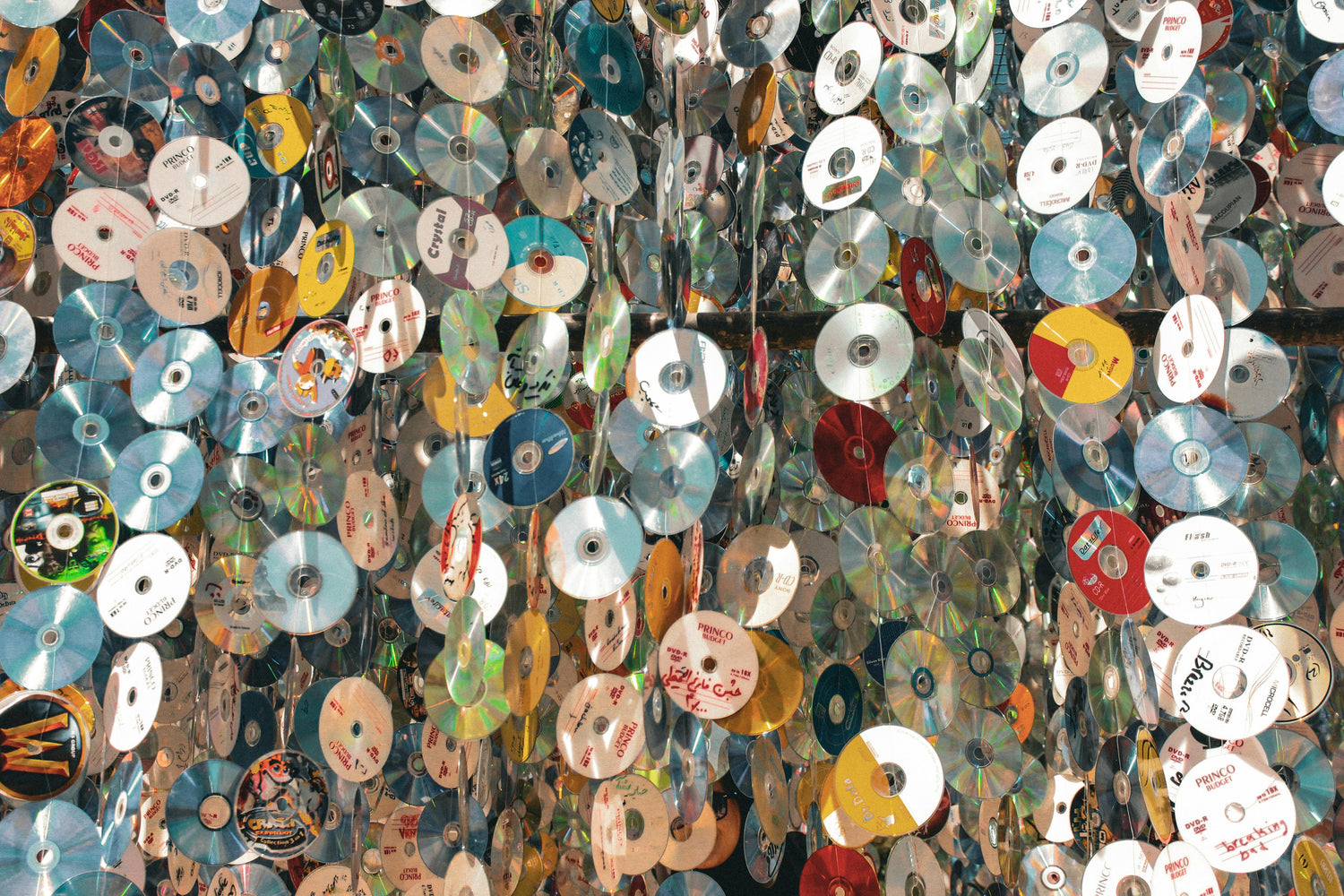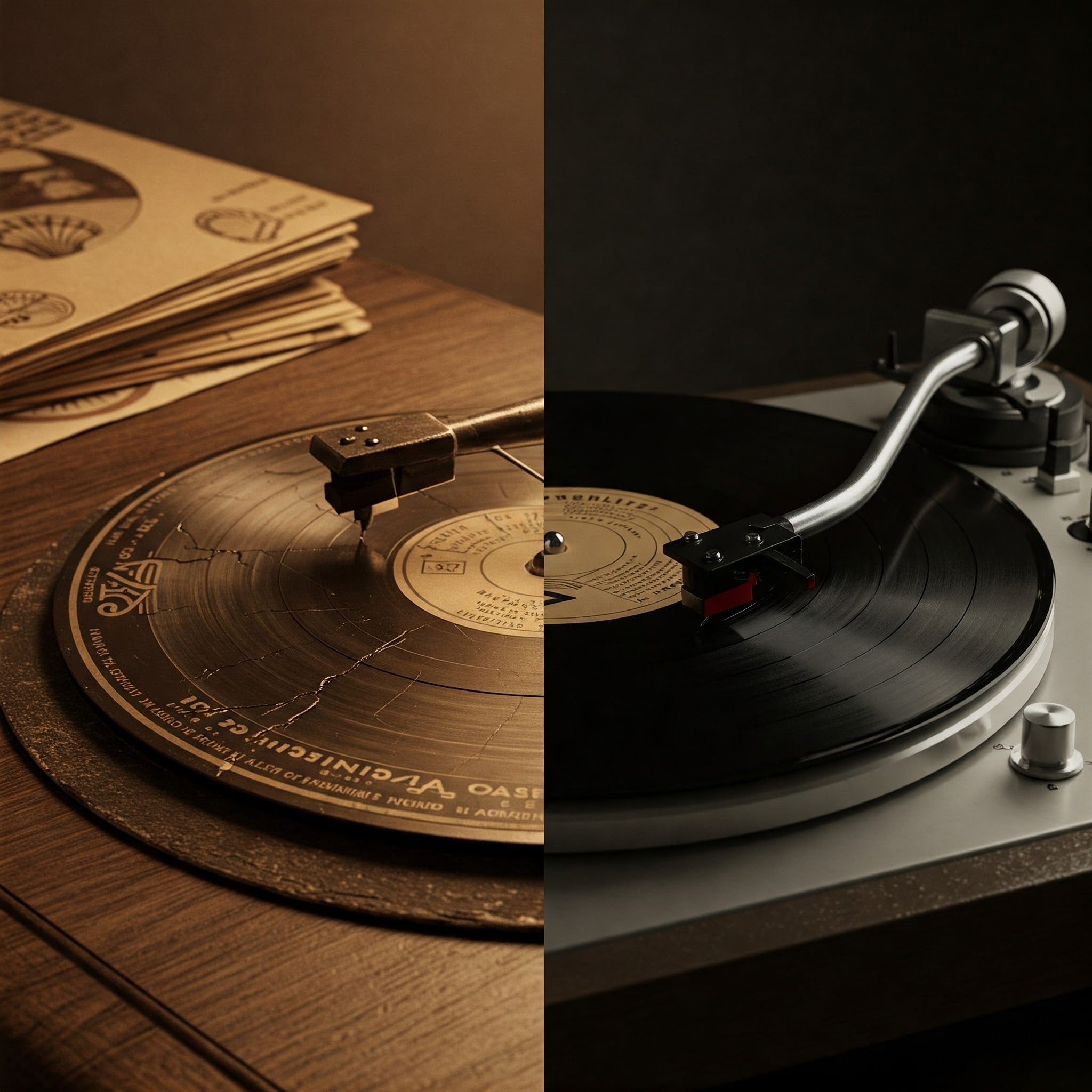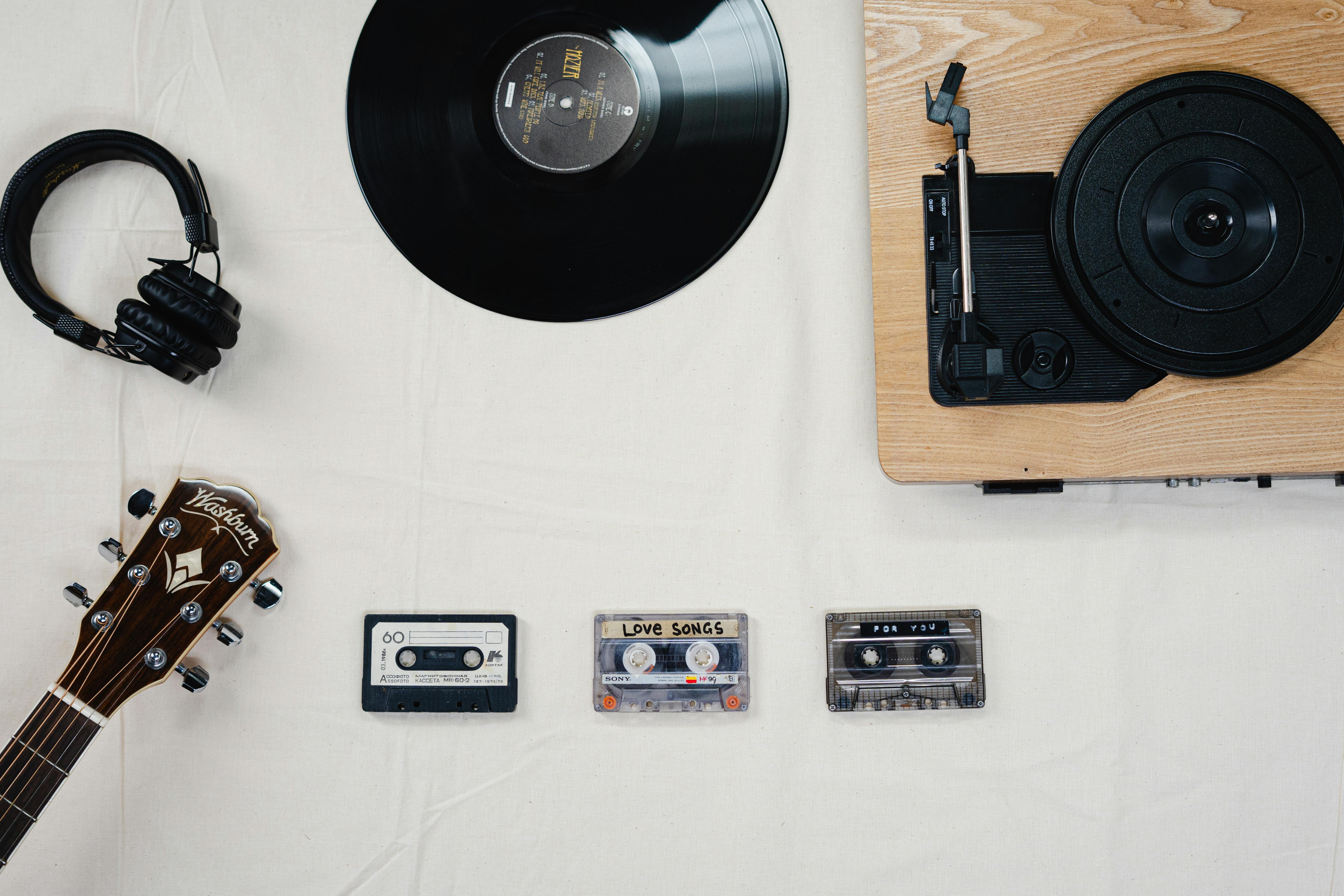For much of the 20th century, vinyl records reigned as the pinnacle of music consumption, offering a tangible, high-fidelity experience that captivated generations. From the post-war boom of the 1950s to the rock and disco eras of the 1970s, vinyl was synonymous with the record industry. Yet, by the late 1980s, its dominance waned, giving way to a digital revolution that reshaped how music was produced, distributed, and enjoyed. The decline of vinyl wasn’t a sudden collapse but a gradual shift driven by technological innovation, changing consumer habits, and industry economics. This transition from analog to digital marked a seismic change, one that continues to echo in today’s streaming-dominated landscape.
Vinyl’s Golden Age
Vinyl’s peak came in the mid-20th century, following its triumph over shellac in the 1950s. The 33 1/3 RPM LP and 45 RPM single formats catered to diverse audiences—albums for immersive listening, singles for radio and jukebox hits. By the 1970s, vinyl sales soared, fueled by cultural movements like rock, punk, and funk. The physicality of records—their artwork, liner notes, and warm sound—created a ritualistic bond between fans and artists. In 1978, vinyl shipments in the United States alone reached over 340 million units, a testament to its ubiquity.
Yet, beneath this success, cracks were forming. Vinyl production was labor-intensive and costly, requiring pressing plants, raw materials, and shipping logistics. Records were also prone to wear, scratches, and warping, limiting their portability and durability. As the industry grew, these limitations became harder to ignore, setting the stage for a new contender.
The Rise of Cassettes
The first blow to vinyl came not from digital formats but from analog cassettes. Introduced by Philips in 1963, cassette tapes gained traction in the 1970s with the advent of portable players like the Sony Walkman in 1979. Cassettes were cheaper to produce, smaller, and more durable than vinyl, making them ideal for on-the-go listening. The ability to record onto tapes also empowered consumers, sparking the mixtape culture and home taping boom. By the early 1980s, cassette sales began to rival vinyl, offering a glimpse of a future where convenience trumped tradition.
Vinyl held its ground as the audiophile’s choice, but the mass market was shifting. Car stereos and portable devices favored cassettes, and record stores stocked both formats side by side. The industry adapted, with artists releasing albums on vinyl and cassette simultaneously. Still, cassettes were a stepping stone, not the final blow—vinyl’s true reckoning awaited the arrival of digital technology.

The CD Revolution
The compact disc (CD), launched by Sony and Philips in 1982, delivered vinyl’s knockout punch. CDs promised pristine sound quality, free of the pops and hisses that plagued analog formats. Using digital encoding, they offered a wider dynamic range and durability—scratches rarely ruined playback. At 74 minutes of uninterrupted music (a capacity famously set to fit Beethoven’s Ninth Symphony), CDs outstripped vinyl’s 40-minute LP limit. For consumers, the appeal was immediate: no flipping sides, no needle wear, and a sleek, futuristic design.

The record industry embraced CDs with fervor. Production costs dropped as manufacturing scaled up, and by 1988, CD sales surpassed vinyl in the U.S. Retailers shifted shelf space to the shiny discs, and labels prioritized digital releases. Artists like Dire Straits capitalized on the format, with their 1985 album Brothers in Arms becoming one of the first blockbuster CD hits. Vinyl became a niche product, and its market was shrinking to collectors and purists. By 1991, U.S. vinyl shipments plummeted to under 5 million units, a stark contrast to the CD’s meteoric rise.
Digital Downloads and Streaming
The decline of vinyl accelerated in the late 1990s with the advent of digital audio files. The MP3 format, popularized by file-sharing platforms like Napster in 1999, decoupled music from physical media entirely. Consumers could now store thousands of songs on a single device, bypassing the need for CDs, let alone vinyl. The iPod, launched by Apple in 2001, cemented this shift, pairing with iTunes to create a legal digital ecosystem. Physical sales—of any kind—began to erode as convenience and portability reigned supreme.

Streaming services like Spotify, introduced in 2008, dealt the final blow to the old guard. By offering instant access to millions of tracks for a monthly fee, streaming rendered ownership obsolete for many. Vinyl, once the industry’s backbone, became a relic in the eyes of the mainstream. In 2010, U.S. vinyl sales hit a low of 2.8 million units, dwarfed by billions of digital streams.
Why the Shift Happened
Vinyl’s decline was less about sound quality—many argue its analog warmth surpasses digital sterility—and more about practicality and profit. Digital formats slashed production and distribution costs, eliminating the need for physical inventory. They also aligned with a fast-paced, mobile lifestyle, where music became a background utility rather than a foreground experience. For labels, digital offered higher margins and control over piracy (post-Napster), while retailers welcomed the space-saving efficiency of CDs and, later, no inventory at all.

Consumer behavior played a role, too. The ritual of vinyl—cleaning records, setting the needle—lost appeal in an era of instant gratification. Younger generations, raised on playlists rather than albums, saw little need for physical media. The industry followed the money, phasing out vinyl pressing plants and redirecting resources to digital infrastructure.
Vinyl’s Unexpected Revival
Ironically, vinyl never fully died. Since the mid-2000s, it has staged a comeback, driven by nostalgia, audiophile enthusiasm, and a backlash against digital intangibility. In 2023, U.S. vinyl sales topped 43 million units, outpacing CDs for the first time since 1987. Yet, this resurgence is a niche phenomenon—streaming still accounts for over 80% of music revenue. Vinyl’s decline reshaped the industry, but its legacy endures as a symbol of a bygone era.
Conclusion
The shift from vinyl to digital was a tale of evolution, not extinction. Technological leaps—from cassettes to CDs to streaming—offered convenience, cost savings, and scale that vinyl couldn’t match. While the record industry traded analog soul for digital efficiency, it gained a global reach unimaginable in vinyl’s heyday. The decline of vinyl marked the end of an era, but its echoes remind us that the past still spins on even in a digital world.





Leave a comment
All comments are moderated before being published.
This site is protected by hCaptcha and the hCaptcha Privacy Policy and Terms of Service apply.